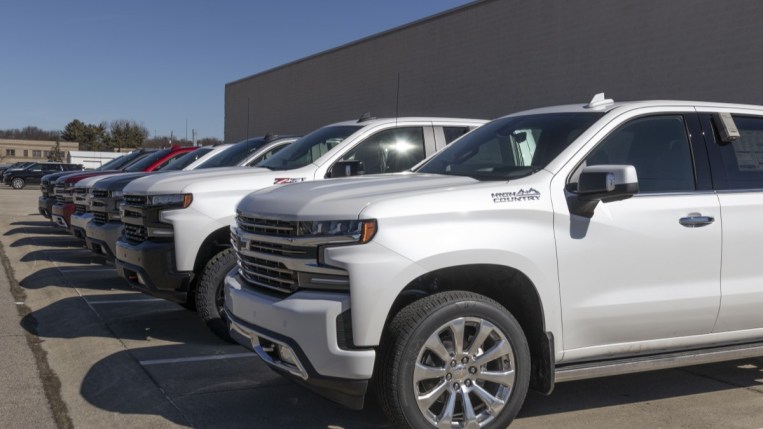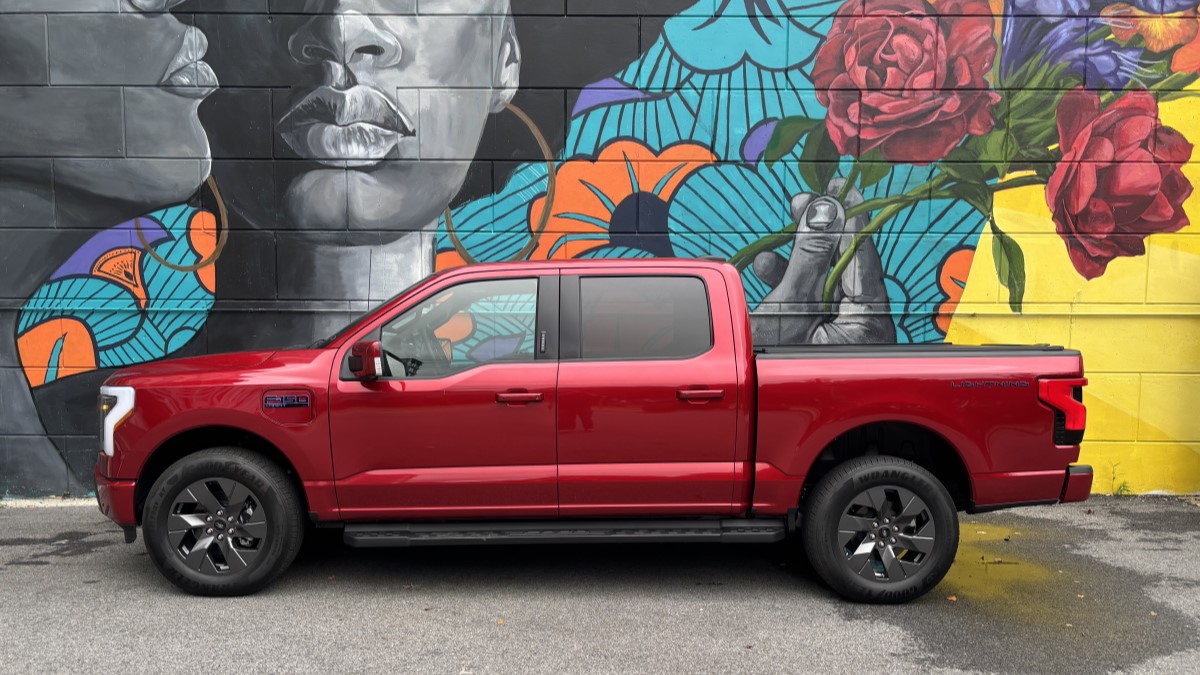
The microchip shortage isn’t over. However, for the first time in several years, it’s easing to the point that a major automaker is idling a plant because it is at risk of overbuilding.
In a statement, GM tells us, “Our production is up over the past month while demand remains fairly consistent, leading to an increase in inventory.” So the automaker will “proactively manage inventory levels” by pausing the production line at the end of March.
Supply and Demand Control Prices
An old auto industry rule of thumb told dealers to keep about a 60-day supply in inventory and another 15 days’ worth on order or in transit. That, automakers say, gives them enough inventory that a local dealership likely has the particular combination of features and colors you prefer on hand.
But the economic chaos of the last few years broke every thumb… er… rule.
Automakers were oversupplied before the COVID-19 pandemic began, leading them to offer hefty discounts, particularly on full-size trucks.
Then, when the pandemic kicked in, it caused a global microchip shortage that left automakers unable to build enough vehicles to meet demand, helping push new car prices to record highs.
The shortage hit full-size trucks like the Silverado and Sierra particularly hard. GM idled plants more than once because of a lack of parts. Dealers saw their supplies dwindle, in some cases, to a week or less.
Now, GM Chief Financial Officer Paul Jacobson tells the Detroit News, “We’re committed to actively managing production levels to balance supply with demand and are targeting to end 2023 with 50-to-60 days of total dealer inventory.” He says the company had 20 to 30 days more than that in 2019, creating a glut and forcing lower prices.
Car companies would like to avoid recreating that situation. But they may already be where they’re afraid of going. At the end of January, Chevy had more than 100 days’ worth of Silverado pickups, and Ram had 83 days’ worth of Ram 1500 trucks.
Cox Automotive Executive Analyst Michelle Krebs says those numbers would qualify as “hefty even in the old days” of the pre-pandemic market. (Cox Automotive is the parent company of Kelley Blue Book.)
A Sign of Price Cuts Ahead?
Cox Automotive analysts have begun to predict that new car prices could fall from their record highs this spring. Used car prices, currently showing a downward trend, could start to rise.
“New-vehicle prices remain high while used retail prices are now in decline. New inventory is slowly stabilizing while used supply is falling,” explains Charlie Chesbrough, senior economist at Cox Automotive. “However, I wouldn’t be surprised to see this situation change later in the spring.”





